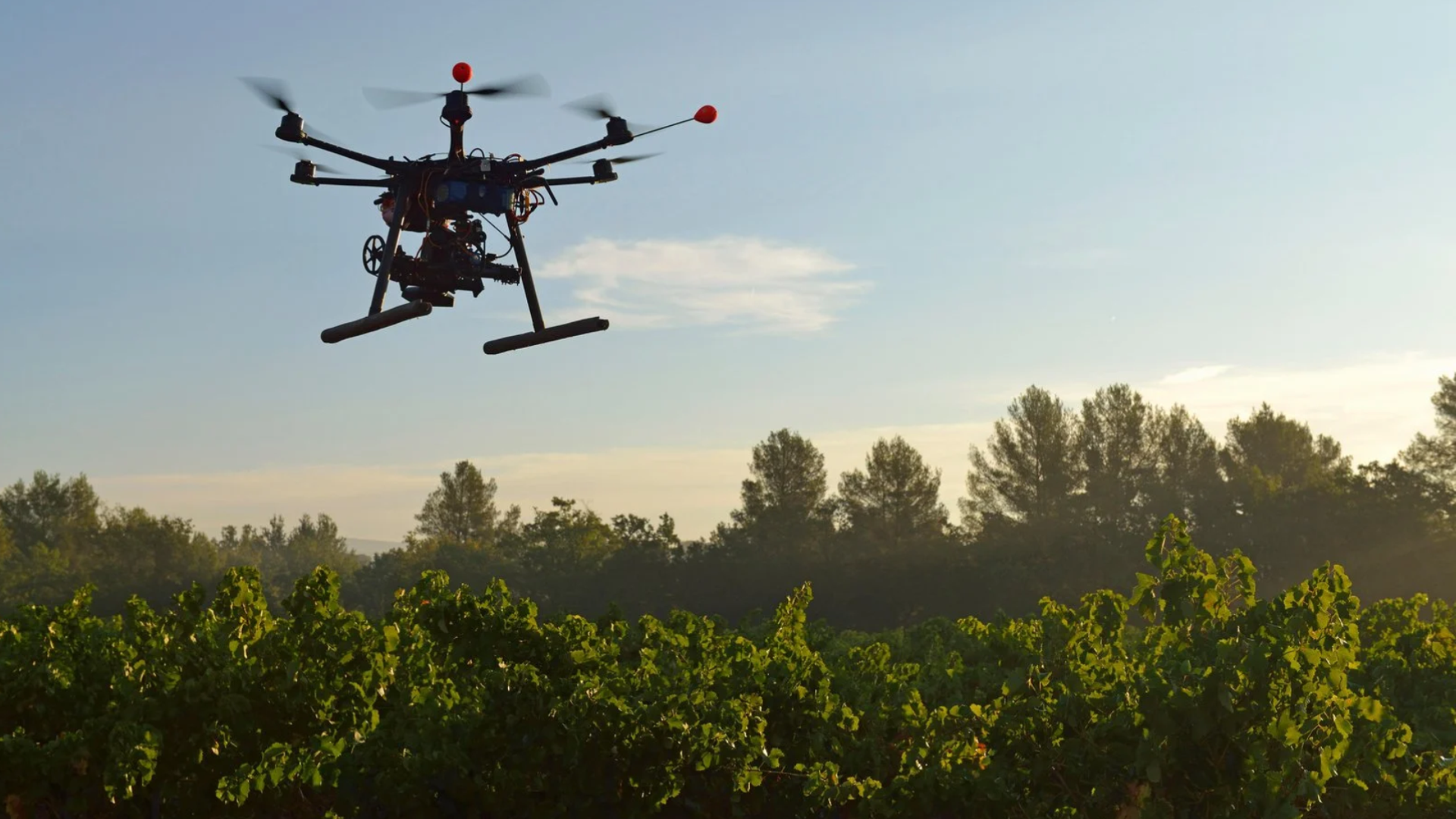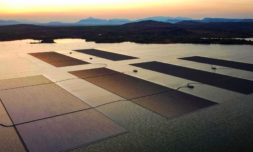When nature meets tech
By equipping drones with artificial intelligence and arming them with specially designed seed pods, AirSeed Technology is planting new trees in the ground at a rate 25 percent faster and 80 percent less costly than human labour.
The drones, like commercial flights, have a predetermined flight path and will only deploy seeds where the soil below is most compatible.
Acknowledging that soil health is important, each seed pod is manufactured using waste biomass, with a carbon rich outer coating that enriches surrounding dirt and increases the seed’s chances of growing.
Once the seed begins to germinate, the seed’s outer coating provides nutrients and minerals that the plant needs to grow. It also prevents birds, insects, or rodents from finding the seed and carrying them elsewhere.
Andrew Walker, the CEO and co-founder of AirSeed Technology has said, ‘Each of our drones can plant over 40,000 seed pods per day and they fly autonomously.’ The drones also record where each seed lands, allowing the company to check up on their growth status.
Using such technologies to help nurture future forests will have a knock-on effect for the rest of life on Earth. The great news is that AirSeed Tech has set a goal to plant 100 million trees by the year 2024.
Where else could drones come in handy?
Though AirSeed’s drones are currently being used in Australia, the potential reach of nature tech is global.
Drones are currently being used to monitor kelp forests in California, where conservation efforts to restore and protect forests are underway. Flying overhead, the size of kelp canopies can be measured and recorded by environmentalists.
In Jordan and other neighbouring countries in Africa, high temperatures, reduced rainfall, and lack of fauna is causing water scarcity to worsen.
Where extremely dry soil is now present, there was once an abundance of lush trees. In order to reinvigorate the land, help the soil capture rainfall, and retain groundwater, local communities have kickstarted rewilding efforts by planting native seeds in the area.
Although this is currently being done by hand, it’s a perfect example of how seed-firing drones could not only help with reforesting the planet more efficiently, but at preventing land degradation and desertification, too.
No doubt, we can expect to see nature tech continue booming in the run up to 2030, as the target date for climate agreements on global heating, halting deforestation, and ocean sustainability get closer. So if you see a massive drone shooting loads of pellets onto open ground, don’t panic.
It’s probably just seeds.




















